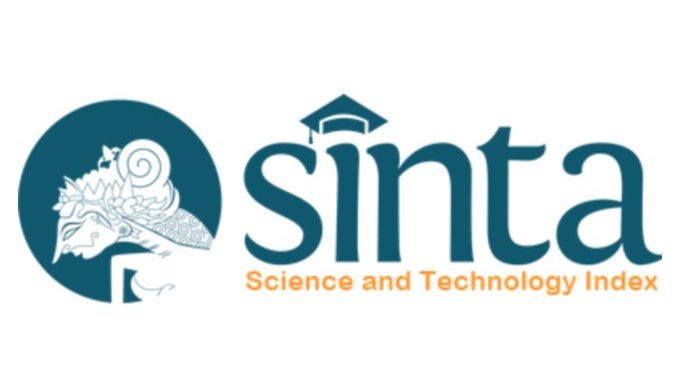Tinea Inkognito – Diagnosis dan Tata Laksana
DOI:
https://doi.org/10.55175/cdk.v51i2.933Keywords:
Dermatophytosis, steroid misuses, tinea incognitoAbstract
Misuses of high potency steroids which are easily accessible without doctor’s prescription and without any fungal examination, may cause tinea incognito. The term tinea incognito refers to dermatophytoses that have lost their classic clinical appearance; it may lead to misdiagnosis. Tinea incognito may imitate other dermatological diagnoses with polymorphic manifestations, including well-circumscribed round or oval lesion, vesicles and scales. Treatment requires cessation of all steroid use and effective antifungal treatment. Alvina Ulfah Rusmayuni, Limyanti Dwi
Downloads
References
Kang S, Amagai M. Superficial fungal infection. In: Craddock LN, Schieke SM, editors. Fitzpatrick’s dermatology. 9th ed. Mc Graw Hill Education; 2019. p.2925-49.
Boz J Del, Crespo V, Ruiz FR, Troya M. Tinea incognito in children: 54 cases. Mycoses 2009;54:254-8.
Kim WJ, Kim TW, Mun JH, Song M, Kim HS, Ko HC, et al. Tinea incognito in Korea and its risk factors: Nine-year multicenter survey. J Korean Med Sci. 2013;28:145-51.
Atzori L, Pau M, Aste N, Aste N. Dermatophyte infections mimicking other skin diseases: A 154-person case survey of tinea atypical in the District of Cagliari (Italy). Internat J Dermatol. 2012;51(4):410–5.
Nowowiejska J, Baran A, Flisiak I. Tinea incognito - A great physician pitfall. J Fungi. 2022;8(3):312.
Brooks GF, Carroll KC, Butel JS, Morse SA. Mycology. Medical microbiology. 24th ed. New York: McGraw-Hill Co.; 2007. p.764-84.
Nenoff P, Krüger C, Hanselmayer G, Tietz HJ. Mycology–An update. Part 1: Dermatomycoses: Causative agents, epidemiology and pathogenesis. J Deutschen Dermatologischen Gesellschaft. 2014;12(3):188-210.
Yu C, Zhou J, Liu J. Tinea incognito due to microspurum gypseum. J Biomed Res. 2010;24(1):81-3.
Polilli E, Fazii P, Ursini T, Fantini F, Di Masi F, Tontodonati M, et al. Tinea incognito caused by Microsporum gypseum in a patient with advanced HIV infection. Case Rep Dermatol. 2011;3:55-9.
Rallis E, Koumantaki-Mathioudaki E. Pimecrolimus induced tinea incognito masquerading as intertriginous psoriasis. Mycoses 2008;51:71-3.
Dhaher S. Tinea incognito: Clinical perspectives of a new imitator. Italy Dermatol Rep. 2020;12:8323.
Griffiths CE, Baker J, Bleiker T, Chalmers S, Creamer D. Rook's textbook of dermatology. 9th edition. Oxford: Blackwell Publ.; 2016. p. 32,50.
Hung YT, Huang YH, Sun PL. Tinea incognito with intrafamilial outbreak caused by Microsporum canis. J Pediatr. 2022;244:242-3.
Atzori L, Pau M, Natalia A, Nicola A. Dermatophyte infections mimicking other skin diseases: A 154-person case survey of tinea atypica in the district of Cagliari (Italy). Internat J Dermatol. 2012;51:410-5.
Dutta B, Rasul ES, Boro B. Clinico-epidemiological study of tinea incognito with microbiological correlation. Indian J Dermatol Venereol Leprol. 2017;83:326-31.
Dechent CN, Bajaj S, Ashfaq A, Marghoob, Marchetti MA. Rapid diagnosis of tinea incognito using handheld reflectance confocal microscopy: A paradigm shift in dermatology? Mycoses 2015;58:383–6.
Arenas R, Coutiño GM, Vera L, Welsh O. Tinea incognito. Clin Dermatol. 2010;28:137-9.
Rajagopalan M, Inamadar A, Mittal A, Miskeen AK, Srinivas CR, Sardana K, et al. Expert consensus on the management of dermatophytosis in India (ECTODERM India). BMC Dermatol. 2018;18(1):6
Satana D, Yeğenoğlu Y, Uzun M, Erturan Z, Gürler N, Özarmağan G. A case of tinea incognito diagnosed coincidentally. JMID. 2011;1(2):84-6.
Serarslan G. Pustular psoriasis-like tinea incognito due to Trichophyton rubrum. Mycoses 2007;50:523–4.
Downloads
Published
How to Cite
Issue
Section
License
Copyright (c) 2024 Alvina Rusmayuni

This work is licensed under a Creative Commons Attribution-NonCommercial 4.0 International License.





















